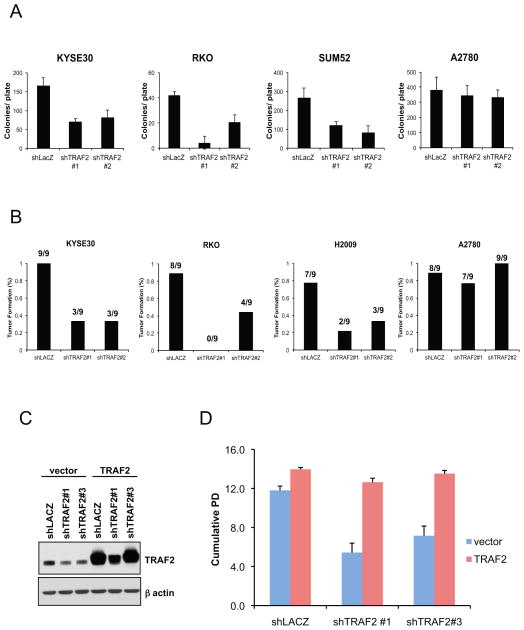Figure 3. TRAF2 is essential for tumorigenicity in cancer cells with TRAF2 amplification.
(A) Anchorage-independent growth of cell lines harboring (KYSE30, RKO, SUM52) and lacking (A2780) TRAF2 copy number gain. Cells were transduced with control shRNA (shLACZ) or two distinct TRAF2-specific shRNA (shTRAF2#1 and shTRAF2#2). Colony formation was measured after 21 d. p values were calculated by a standard t-test. (B) Tumorigenesis of cancer cells following TRAF2 suppression. Indicated cells transduced with a control shRNA (shLACZ), shTRAF2 #1 or shTRAF2#2 were subcutaneously introduced into immunodeficient mice. Tumor formation was assessed after 21 d. (C) TRAF2 expression in MCF7 cells transduced to coexpress either control (shLACZ), shTRAF2#1 or a UTR-specific shTRAF2 (shTRAF2 #3) with TRAF2 or control (vector). (D) Long term proliferative capacity of MCF7 cells after TRAF2 suppression and overexpression. Cumulative population doubling (PD) of MCF7 cells from (C) 21d after transduction.

